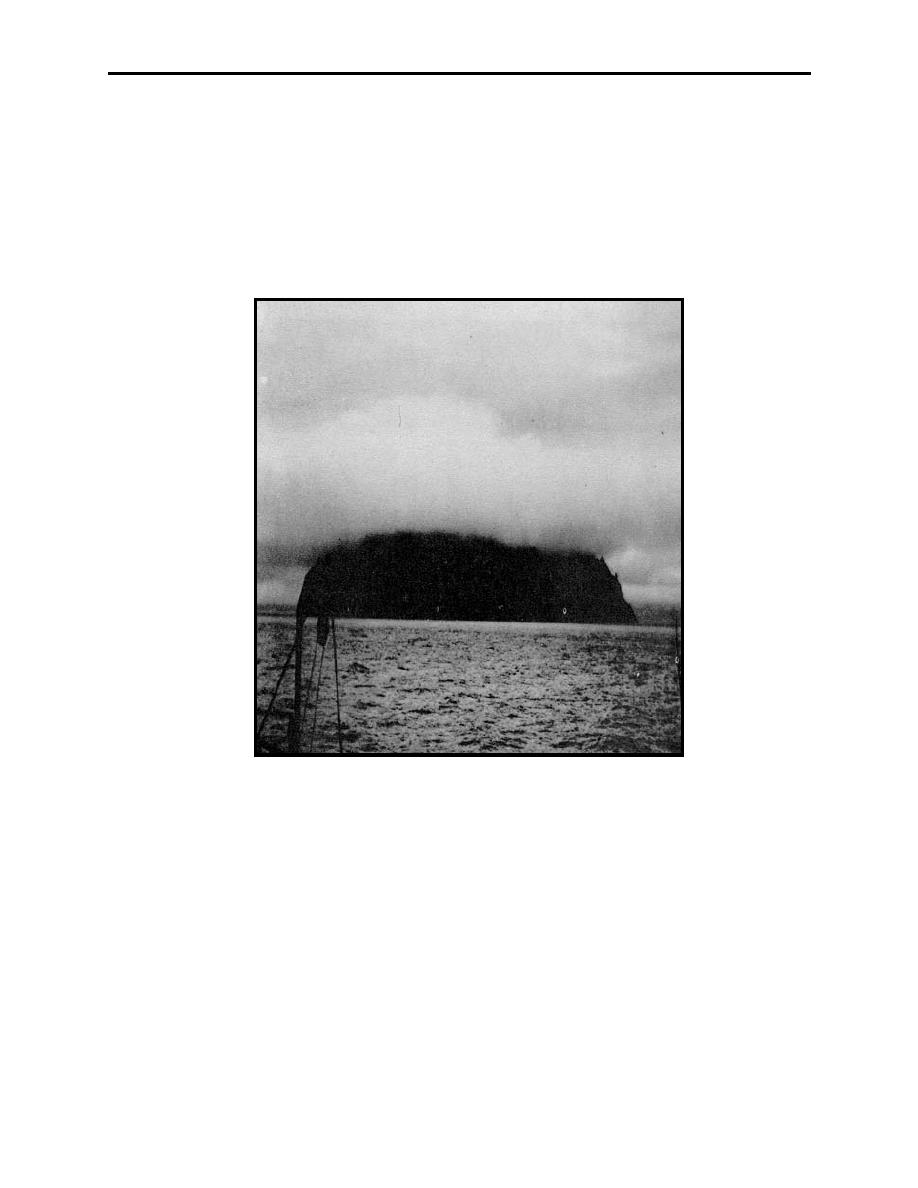 |
|||
|
|
|||
|
|
|||
| ||||||||||
|
|  AVIATION WEATHER
CHAPTER TWO
Low Clouds
Cloud bases in this category range from just above the surface to 6500 feet AGL (Figure 2-14).
Low clouds are mainly composed of water droplets. The low clouds have no special prefix
attached to their name. However, if the word nimbo or nimbus appears, beware, these clouds are
producing violent or heavy precipitation.
Nimbostratus, a stratiform cloud, produces heavy steady precipitation.
Figure 2-14 Stratus
Low clouds frequently present serious hazards to flying. The most serious hazard is the
proximity of the cloud base to the surface of the Earth. Some of the low cloud types hide hills,
making a collision with the terrain a very real danger, and visibility within low clouds is very
poor. Low clouds may also hide thunderstorms. If the clouds are at or below freezing
temperatures, icing may result. Icing accumulates faster in low clouds since they are generally
denser than middle and high clouds. Turbulence varies from none to moderate. Expect
turbulence in and below the clouds. Precipitation from low clouds is generally light rain or
drizzle.
Atmospheric Mechanics of Winds, Clouds and Moisture, and Atmospheric Stability
2-17
|
|
Privacy Statement - Press Release - Copyright Information. - Contact Us |